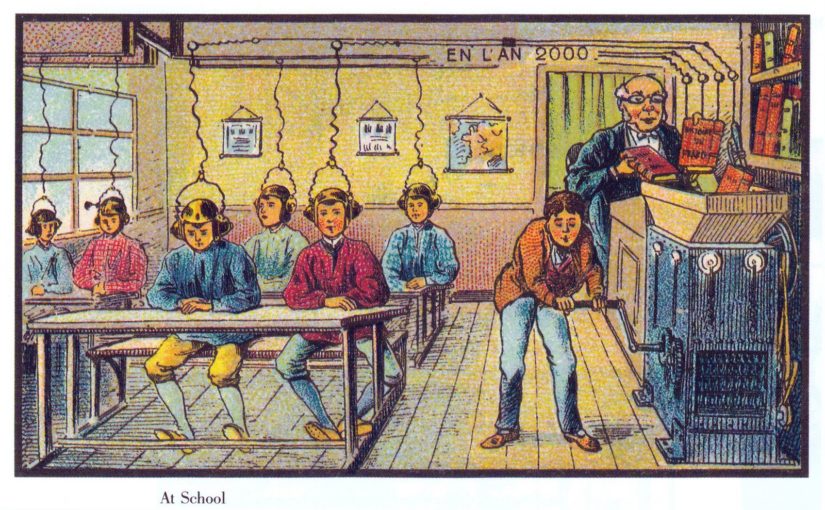The constantly evolving economy and technological developments in the 21st century means that all disciplines are transforming at a rate unbeknownst to previous generations. In the design discipline, emerging technologies and economies not only affect how designs are produced, but how design reaches and affects human beings and transform lives in profound ways. The VPET sector needs to respond dynamically to these transformations and prepare graduates for resilience and unpredictability so that they are future-ready.
While practice remains the central issue in design education in the VPET sector, it is important that students reflect on their own practice (‘think and do’) and develop fluency in contemporary discourse in the design field and beyond, and the contextual issues that affect design practices.
Good designers try to understand the context and users rather than focussing only on aesthetics. Good design performs as intended, and that includes performance, emotional response, market value, as well as social value. The contemporary model of design thinking – user-centred innovation – calls for collaboration across disciplines. Expertise from areas such as information technology, business, health and life science and child care and elderly services must make concerted efforts to contribute to the innovation process that ultimately fulfil human needs. Designers must be involved in the process right from the start, rather than the earlier model where designers only came in at the end as stylists.
My pedagogical philosophy emphasises on ‘teaching for significance’ rather than providing a simple formula for success. A student-centred, interactive classroom that promotes self-motivated learning is what we should strive to achieve, especially in the VPET sector. Rather than playing the role of an authority figure, students are invited to ask questions, initiate debates, and to actively take charge of their own decisions, actions and education. As a facilitator of learning, an educator strives to teach by enthusiasm and by example. Guided self-discovery and practice is valued over the plain transmission of knowledge. Learning is all about making connections, and it is the job of an educator to provide opportunities for connections to happen.
Information design, user experience and interface design are my main areas of pedagogical interest, and they are becoming increasingly important. In a post-Covid world where intangible capitals and economies are growing strong, communication design will gain a lot of importance in the future, coinciding with such developments as ubiquitous computing, IoT, artificial intelligence, use of data in decision making, NFT and metaverse. Engaging communication experiences will generate much business and economic value. Emphasis should be paid to the analysis, structure and visualisation of complex information. Combined with strong user research skills, conceptualisation skills, systems thinking, craft skills and technological literacy, students will be equipped with competencies that enable them to solve complex problems and build valuable communication experiences.
Good practitioners in any discipline are life-long learners. Curiosity motivates learning. VPET education can be much more than honing professional skills; more importantly we should nurture an inquisitive, creative, yet rational mind. Asking appropriate questions, improving present situations, advancing practical knowledge – these are all important within the VPET sector. Along with the industry, VPET drive change in the profession.
Image: A vision for the future of education in the year 2000 produced as a cigarette card in France, 1901 (from Wikimedia Commons)
